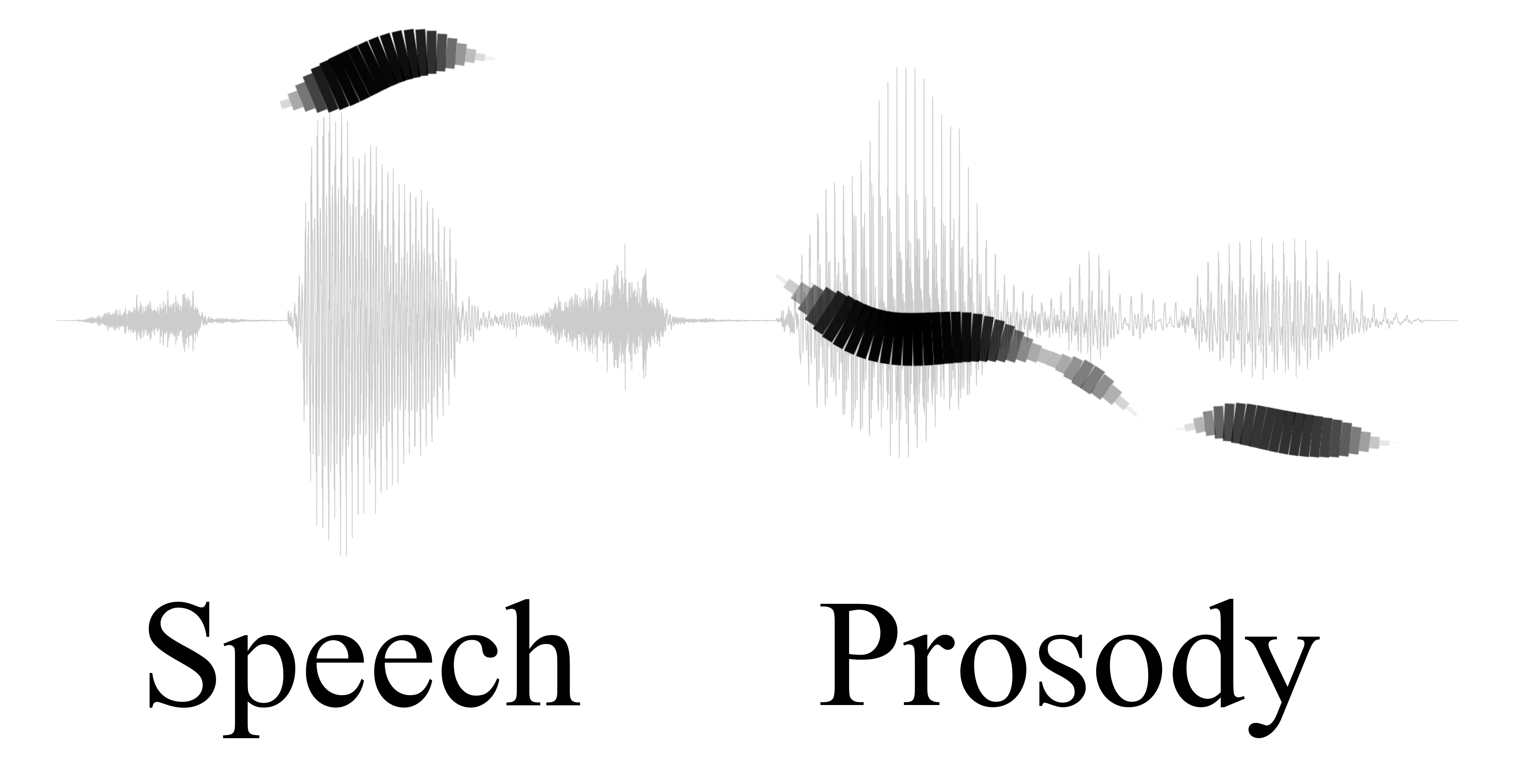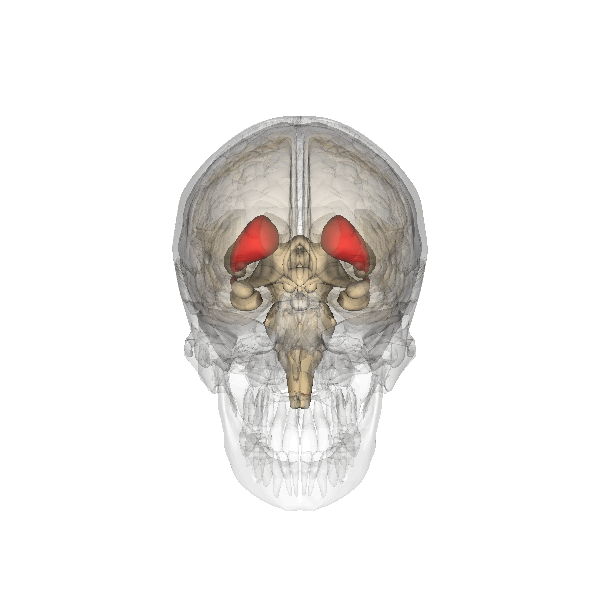|
Paraphasia
Paraphasia is a type of language output error commonly associated with aphasia and characterized by the production of unintended syllables, words, or phrases during the effort to speak. Paraphasic errors are most common in patients with fluent forms of aphasia, and come in three forms: phonemic or literal, neologistic, and verbal. Paraphasias can affect metrical information, segmental information, number of syllables, or both. Some paraphasias preserve the meter without segmentation, and some do the opposite. However, most paraphasias partially have both affects. The term was apparently introduced in 1877 by the German-English physician Julius Althaus in his book on ''Diseases of the Nervous System'', in a sentence reading, "In some cases there is a perfect chorea or delirium of words, which may be called ''paraphasia''". Causes Paraphasia is associated with fluent aphasias, characterized by "fluent spontaneous speech, long grammatically shaped sentences and preserved prosody ... [...More Info...] [...Related Items...] OR: [Wikipedia] [Google] [Baidu] [Amazon] |
Aphasia
Aphasia, also known as dysphasia, is an impairment in a person's ability to comprehend or formulate language because of dysfunction in specific brain regions. The major causes are stroke and head trauma; prevalence is hard to determine, but aphasia due to stroke is estimated to be 0.1–0.4% in developed countries. Aphasia can also be the result of brain tumors, epilepsy, autoimmune neurological diseases, brain infections, or neurodegenerative diseases (such as dementias). To be diagnosed with aphasia, a person's language must be significantly impaired in one or more of the four aspects of communication. In the case of progressive aphasia, a noticeable decline in language abilities over a short period of time is required. The four aspects of communication include spoken language production, spoken language comprehension, written language production, and written language comprehension. Impairments in any of these aspects can impact functional communication. The difficulties o ... [...More Info...] [...Related Items...] OR: [Wikipedia] [Google] [Baidu] [Amazon] |
Receptive Aphasia
Wernicke's aphasia, also known as receptive aphasia, sensory aphasia, fluent aphasia, or posterior aphasia, is a type of aphasia in which individuals have difficulty understanding Written language, written and spoken language. Patients with Wernicke's aphasia demonstrate fluent speech, which is characterized by typical speech rate, intact syntactic abilities and effortless speech output. Writing often reflects speech in that it tends to lack content or meaning. In most cases, motor deficits (i.e. hemiparesis) do not occur in individuals with Wernicke's aphasia. Therefore, they may produce a large amount of speech without much meaning. Individuals with Wernicke's aphasia often suffer of anosognosia – they are unaware of their errors in speech and do not realize their speech may lack meaning. They typically remain unaware of even their most profound language deficits. Like many acquired language disorders, Wernicke's aphasia can be experienced in many different ways and to many d ... [...More Info...] [...Related Items...] OR: [Wikipedia] [Google] [Baidu] [Amazon] |
Expressive Aphasia
Expressive aphasia (also known as Broca's aphasia) is a type of aphasia characterized by partial loss of the ability to produce language (Spoken language, spoken, Sign language, manual, or Written language, written), although comprehension generally remains intact. A person with expressive aphasia will exhibit effortful speech. Speech generally includes important content words but leaves out function words that have more grammatical significance than physical meaning, such as prepositions and Article (grammar), articles. This is known as "telegraphic speech". The person's intended message may still be understood, but their sentence will not be grammatically correct. In very severe forms of expressive aphasia, a person may only speak using single word utterances.ASHA.org Typically, Speech comprehension, comprehension is mildly to moderately impaired in expressive aphasia due to difficulty understanding complex grammar. It is caused by acquired damage to the frontal lobe, frontal re ... [...More Info...] [...Related Items...] OR: [Wikipedia] [Google] [Baidu] [Amazon] |
Fluent Aphasia
Wernicke's aphasia, also known as receptive aphasia, sensory aphasia, fluent aphasia, or posterior aphasia, is a type of aphasia in which individuals have difficulty understanding written and spoken language. Patients with Wernicke's aphasia demonstrate fluent speech, which is characterized by typical speech rate, intact syntactic abilities and effortless speech output. Writing often reflects speech in that it tends to lack content or meaning. In most cases, motor deficits (i.e. hemiparesis) do not occur in individuals with Wernicke's aphasia. Therefore, they may produce a large amount of speech without much meaning. Individuals with Wernicke's aphasia often suffer of anosognosia – they are unaware of their errors in speech and do not realize their speech may lack meaning. They typically remain unaware of even their most profound language deficits. Like many acquired language disorders, Wernicke's aphasia can be experienced in many different ways and to many different degrees. ... [...More Info...] [...Related Items...] OR: [Wikipedia] [Google] [Baidu] [Amazon] |
Transcortical Sensory Aphasia
Transcortical sensory aphasia (TSA) is a kind of aphasia that involves damage to specific areas of the temporal lobe of the brain, resulting in symptoms such as poor auditory comprehension, relatively intact repetition, and fluent speech with semantic paraphasias present. TSA is a fluent aphasia similar to Wernicke's aphasia (receptive aphasia), with the exception of a strong ability to repeat words and phrases. The person may repeat questions rather than answer them ("echolalia"). In all of these ways, TSA is very similar to a more commonly known language disorder, receptive aphasia. However, transcortical sensory aphasia differs from receptive aphasia in that patients still have intact repetition and exhibit echolalia, or the compulsive repetition of words. Transcortical sensory aphasia cannot be diagnosed through brain imaging techniques such as functional magnetic resonance imaging (fMRI), as the results are often difficult to interpret. Therefore, clinicians rely on language as ... [...More Info...] [...Related Items...] OR: [Wikipedia] [Google] [Baidu] [Amazon] |
Ganser Syndrome
Ganser syndrome is a rare dissociative disorder characterized by nonsensical or wrong answers to questions and other dissociative symptoms such as fugue, amnesia or conversion disorder, often with visual pseudohallucinations and a decreased state of consciousness. The syndrome has also been called ''nonsense syndrome'', ''balderdash syndrome'', ''syndrome of approximate answers'', ''hysterical pseudodementia'' or ''prison psychosis''. The term prison psychosis is sometimes used because the syndrome occurs most frequently in prison inmates, where it may be seen as an attempt to gain leniency from prison or court officials. Psychological symptoms generally resemble the patient's sense of mental illness rather than any recognized category. The syndrome may occur in persons with other mental disorders such as schizophrenia, depressive disorders, toxic states, paresis, alcohol use disorders and factitious disorders.Knoblosh, F. (1986). Ganser Syndrome and DSM-III. American Journal ... [...More Info...] [...Related Items...] OR: [Wikipedia] [Google] [Baidu] [Amazon] |
Prosody (linguistics)
In linguistics, prosody () is the study of elements of speech, including intonation, stress, rhythm and loudness, that occur simultaneously with individual phonetic segments: vowels and consonants. Often, prosody specifically refers to such elements, known as ''suprasegmentals'', when they extend across more than one phonetic segment. Prosody reflects the nuanced emotional features of the speaker or of their utterances: their obvious or underlying emotional state, the form of utterance (statement, question, or command), the presence of irony or sarcasm, certain emphasis on words or morphemes, contrast, focus, and so on. Prosody displays elements of language that are not encoded by grammar, punctuation or choice of vocabulary. Attributes of prosody In the study of prosodic aspects of speech, it is usual to distinguish between auditory measures ( subjective impressions produced in the mind of the listener) and objective measures (physical properties of the sound wave and ... [...More Info...] [...Related Items...] OR: [Wikipedia] [Google] [Baidu] [Amazon] |
Transcranial Magnetic Stimulation
Transcranial magnetic stimulation (TMS) is a noninvasive neurostimulation technique in which a changing magnetic field is used to induce an electric current in a targeted area of the brain through electromagnetic induction. A device called a stimulator generates electric pulses that are delivered to a magnetic coil placed against the scalp. The resulting magnetic field penetrates the skull and induces a secondary electric current in the underlying brain tissue, modulating neural activity. Repetitive transcranial magnetic stimulation (rTMS) is a safe, effective, and FDA-approved treatment for major depressive disorder (approved in 2008), chronic pain (2013), and obsessive-compulsive disorder (2018). It has strong evidence for certain neurological and psychiatric conditions—especially depression (with a large effect size), neuropathic pain, and stroke recovery—and emerging advancements like iTBS and image-guided targeting may improve its efficacy and efficiency. A ... [...More Info...] [...Related Items...] OR: [Wikipedia] [Google] [Baidu] [Amazon] |
Speech Pathologist
Speech is the use of the human voice as a medium for language. Spoken language combines vowel and consonant sounds to form units of meaning like words, which belong to a language's lexicon. There are many different intentional speech acts, such as informing, declaring, asking, persuading, directing; acts may vary in various aspects like enunciation, intonation, loudness, and tempo to convey meaning. Individuals may also unintentionally communicate aspects of their social position through speech, such as sex, age, place of origin, physiological and mental condition, education, and experiences. While normally used to facilitate communication with others, people may also use speech without the intent to communicate. Speech may nevertheless express emotions or desires; people talk to themselves sometimes in acts that are a development of what some psychologists (e.g., Lev Vygotsky) have maintained is the use of silent speech in an interior monologue to vivify and organize cognitio ... [...More Info...] [...Related Items...] OR: [Wikipedia] [Google] [Baidu] [Amazon] |
Caudate Nucleus
The caudate nucleus is one of the structures that make up the corpus striatum, which is part of the basal ganglia in the human brain. Although the caudate nucleus has long been associated with motor processes because of its relation to Parkinson's disease and Huntington's disease, it also plays important roles in nonmotor functions, such as procedural learning, associative learning, and inhibitory control of action. The caudate is also one of the brain structures that compose the reward system, and it functions as part of the cortico-basal ganglia-thalamo-cortical loop. Structure Along with the putamen, the caudate forms the dorsal striatum, which is considered a single functional structure; anatomically, it is separated by a large white-matter tract, the internal capsule, so it is sometimes also described as two structures—the medial dorsal striatum (the caudate) and the lateral dorsal striatum (the putamen). In this vein, the two are functionally distinct not bec ... [...More Info...] [...Related Items...] OR: [Wikipedia] [Google] [Baidu] [Amazon] |



